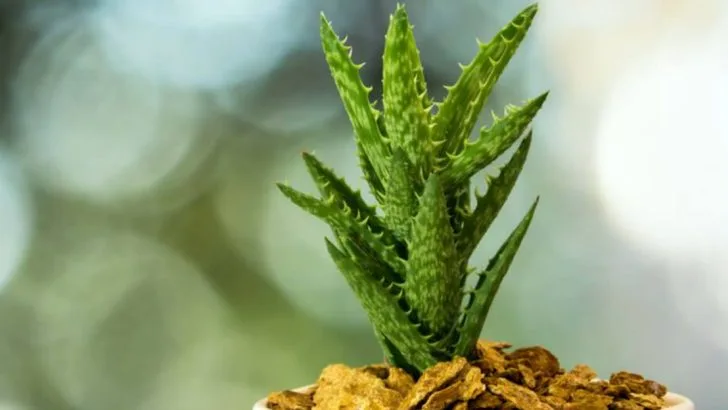Your aloe isn’t just a succulent—it’s a spiky masterpiece in waiting! Tiger tooth aloe flaunts teeth along its edges like a bold grin. But get one wrong move and you’ll end up with sad, squishy rosettes. To keep those jaws snapping in full form, you’ll need sun that feels like a tropical applause. Drainage that vanishes water faster than you can say “root rot.” And soil so light, your fingers sink in like they’re landing on cloud nine. Feed it tiny sips of cactus food when growth kicks in—no overboard feasts. Tip it toward the sun every few weeks so it doesn’t lean like a sunburnt tourist. Watch for mealybugs plotting silent invasions on those striped leaves. Give your aloe room to stretch—no boxing in its attitude. Follow these 14 savvy tips and your tiger tooth will roar with health, color, and fierce charm. Get ready to unleash the warrior within your pot!
Understanding Light Requirements

The Tiger Tooth Aloe thrives in bright, indirect sunlight. Place it on a sunny windowsill where it can enjoy plenty of natural light without direct sun. This location mimics its natural habitat, offering it the light it needs to grow healthily.
While it can tolerate some direct morning sun, harsh afternoon rays may scorch its leaves. Keep an eye on the plant’s color; a healthy green indicates happy lighting. Adjust the position if the leaves start to pale or discolor, ensuring it gets the best light without harm.
Appropriate Watering
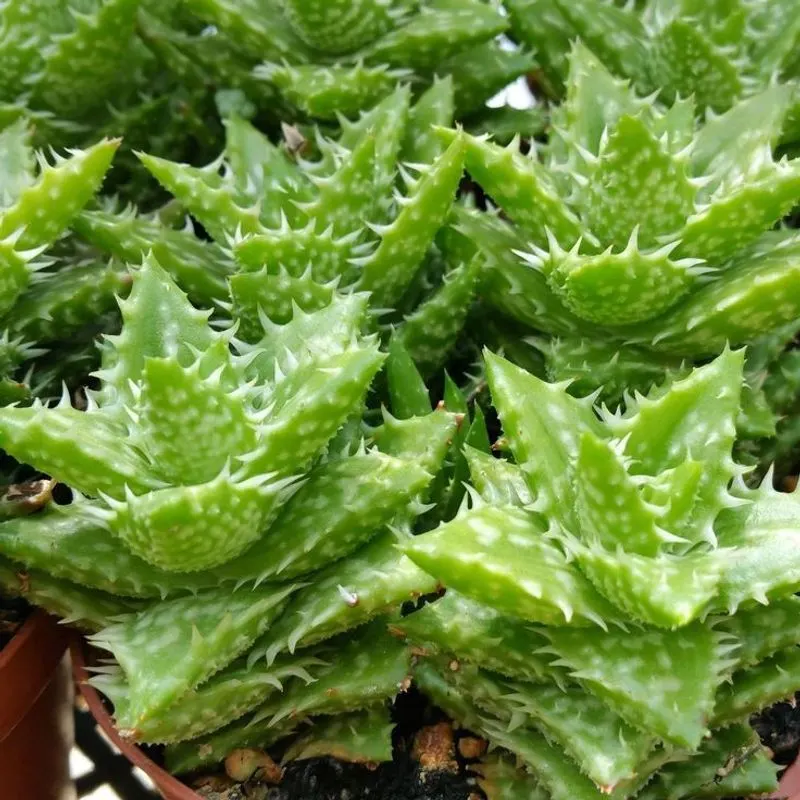
Watering your Tiger Tooth Aloe properly is crucial for its health. Allow the soil to dry out completely between waterings to prevent root rot, a common issue with overwatering.
Feel the top inch of the soil; if it’s dry, it’s time to water. Use a watering can to gently moisten the soil, avoiding water on the leaves. This succulent is drought-tolerant, so err on the side of caution. Overwatering is more harmful than under-watering, making restraint your plant’s best friend.
Choosing the Right Soil
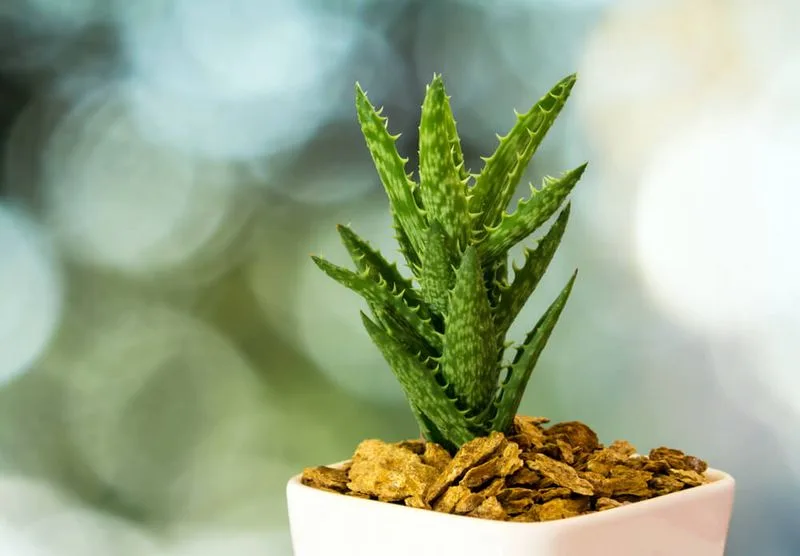
Opt for a well-draining soil mix to keep your Tiger Tooth Aloe happy. A cactus or succulent mix is ideal, providing the drainage this plant requires.
If you’re crafting your own mix, combine sand, perlite, and potting soil for an airy texture. The key is preventing water retention, which can lead to root rot. Feel the texture; it should crumble easily, signaling good drainage. This choice of soil mimics the plant’s natural arid environment, promoting growth and health.
Temperature Tolerance
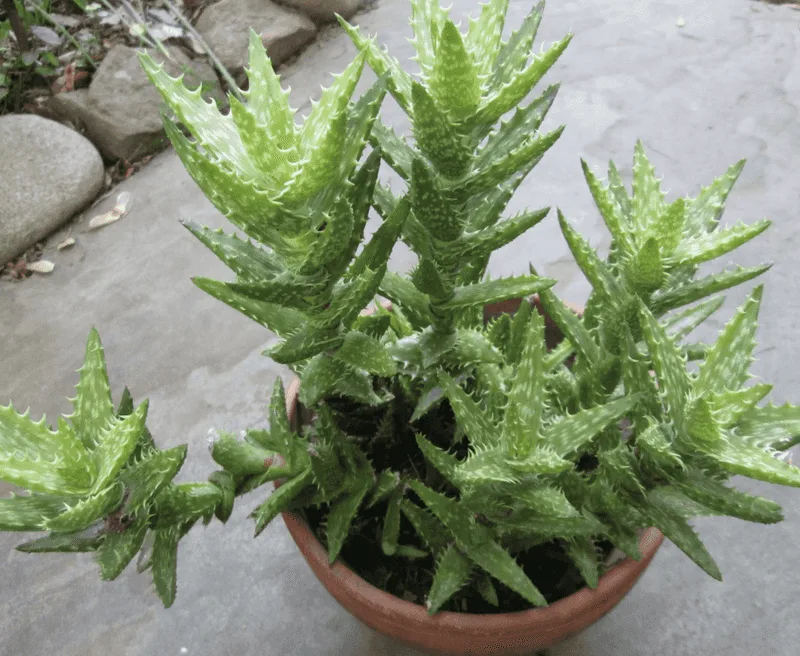
Tiger Tooth Aloe enjoys temperatures between 60°F to 75°F, reflecting its native warm environment. It’s vital to maintain this range for optimal growth.
In cooler climates, indoor placement is ideal during cold months. Avoid frosty conditions, as the plant is sensitive to freezing temperatures. Sudden temperature shifts can stress the plant, affecting its health. By mimicking its natural temperature range, you’ll ensure your Aloe’s vitality all year round.
Understanding Fertilization Needs
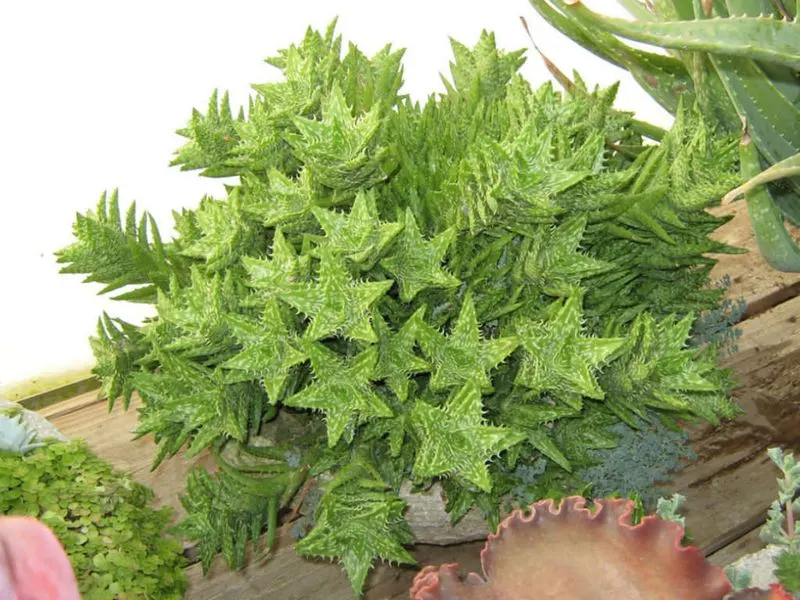
Fertilizing your Tiger Tooth Aloe enhances its growth and vigor. Use a balanced, water-soluble fertilizer specifically for succulents.
Apply it sparingly during the growing season, spring to early fall. Over-fertilization can harm the plant, leading to weak and leggy growth. Follow the package instructions for dosages, ensuring a diluted solution to prevent root burn. Fertilization mimics nutrient-rich desert soils, fostering robust development.
Repotting Practices
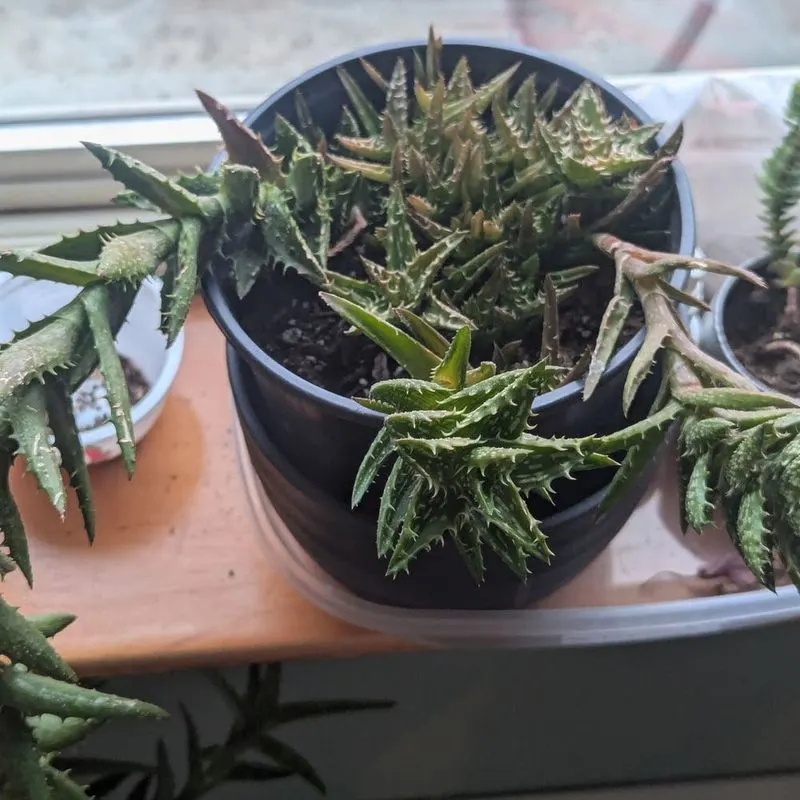
Repotting every two to three years keeps your Tiger Tooth Aloe thriving. Choose a pot slightly larger with drainage holes to prevent waterlogging.
Gently remove the plant, shaking off old soil and inspecting roots for health. Place it in fresh soil, ensuring the base is level with the pot’s rim. Repotting provides space for growth and refreshes the soil’s nutrients, vital for a flourishing Aloe.
Identifying Pests and Diseases
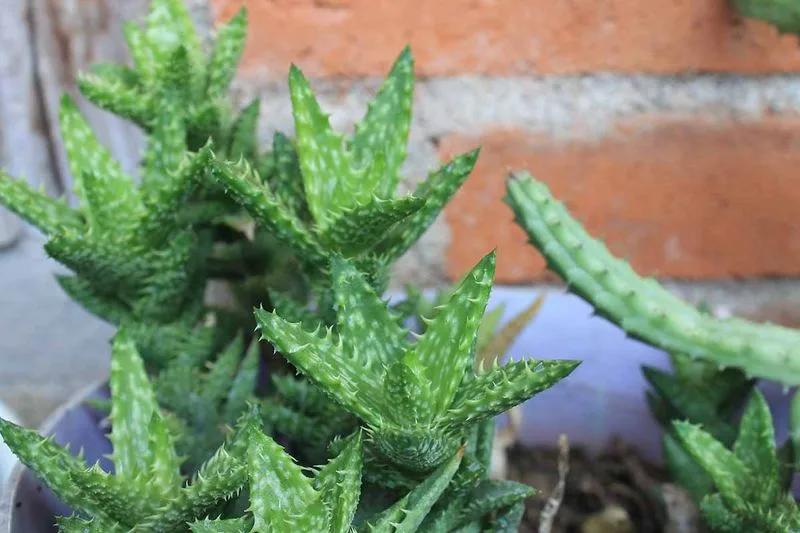
Tiger Tooth Aloe, while hardy, can fall victim to pests like aphids and spider mites. Regularly inspect leaves for signs of infestation.
Use insecticidal soap or neem oil for treatment. Diseases usually stem from overwatering, causing root rot. Ensure soil drainage and inspect roots during repotting. Catching issues early prevents spread and maintains plant health.
Pruning and Maintenance
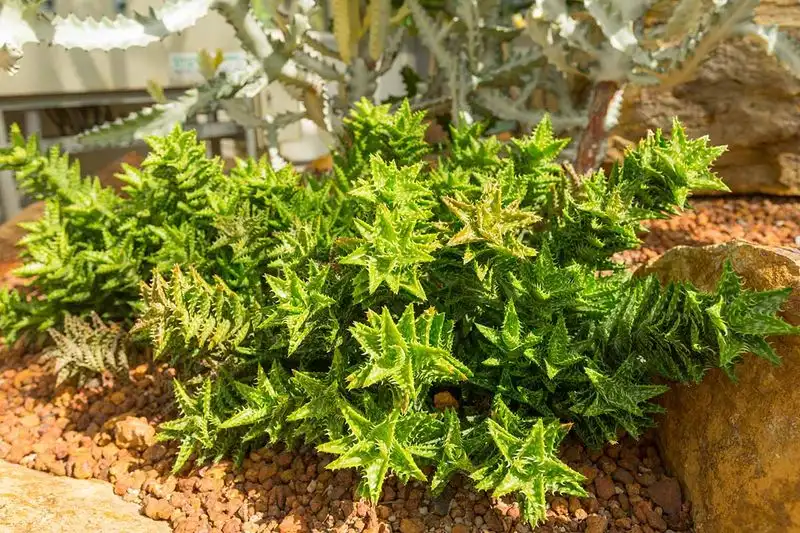
Pruning isn’t often needed but can enhance the Tiger Tooth Aloe’s appearance. Remove dead or damaged leaves to promote new growth.
Trim close to the base, ensuring clean cuts to avoid damage. Regular maintenance includes checking for pest infestations and refreshing soil surface. This upkeep keeps your Aloe looking vibrant and healthy.
Propagation Techniques

Propagating Tiger Tooth Aloe is an exciting way to expand your collection. The plant produces offsets, or pups, ideal for propagation.
Gently remove pups once they’re a few inches tall. Replant in individual pots with well-draining soil. This method ensures genetic consistency and offers an efficient way to grow additional plants from your existing Aloe.
Understanding Aloe Varieties
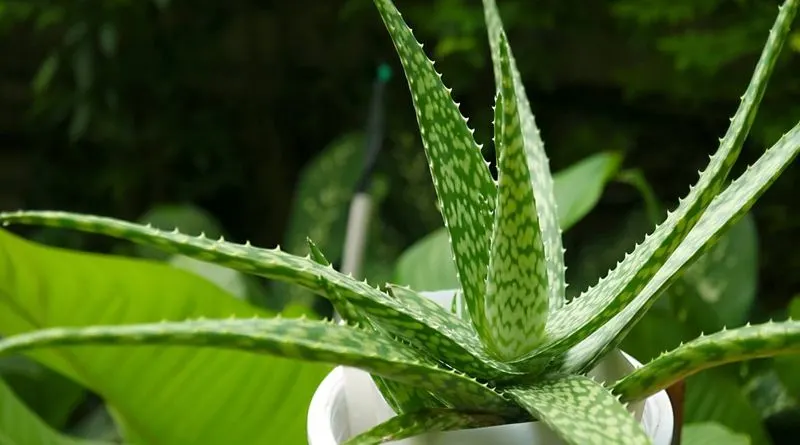
Tiger Tooth Aloe belongs to the Aloe genus, distinguished by its unique tooth-like serrations. Familiarize yourself with other varieties to appreciate its uniqueness.
While some varieties share similar care needs, others may differ vastly. Understanding these differences enhances your gardening know-how. Such insights can lead to a thriving collection, each variety adding beauty and diversity.
Decorative Uses
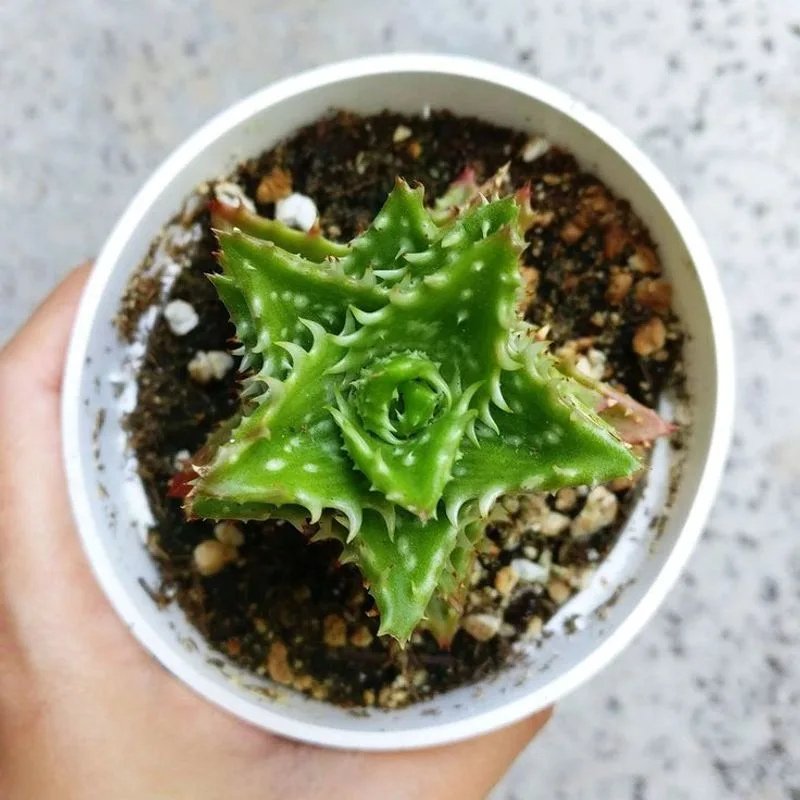
Tiger Tooth Aloe, with its striking appearance, makes a stunning decorative piece. Its compact, rosette form fits perfectly on windowsills or office desks.
Pair it with decorative pots to enhance its aesthetic appeal. Its vibrant green leaves add a touch of nature, uplifting any space. This versatility in decoration makes it a favorite among plant enthusiasts.
Seasonal Care
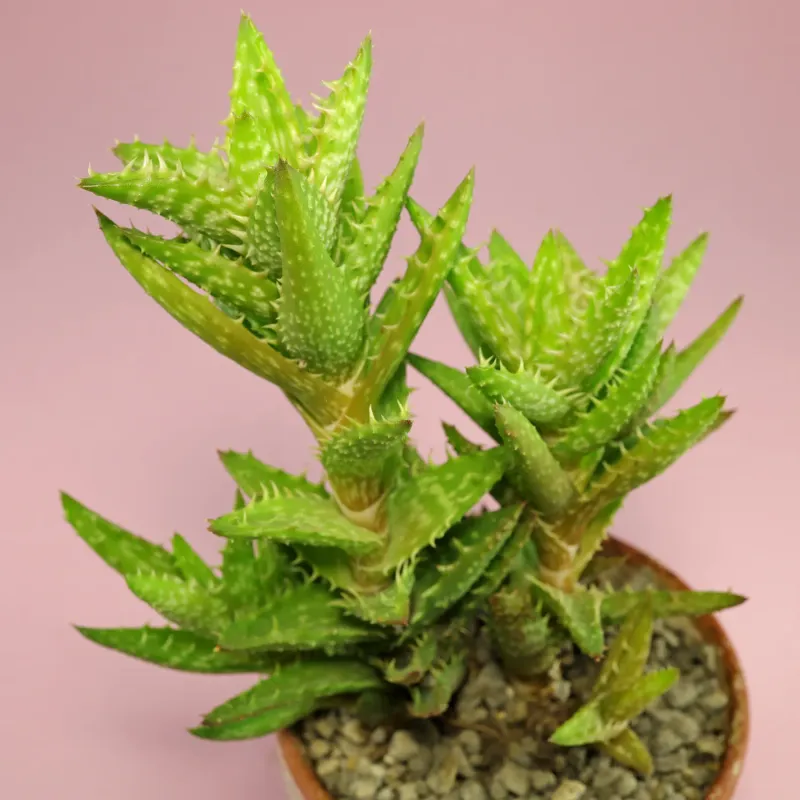
Adjusting care with seasons ensures Tiger Tooth Aloe’s health. During spring and summer, increase watering slightly due to active growth.
In fall and winter, reduce water as growth slows. Maintain consistent temperatures, avoiding frosty conditions. Seasonal adjustments mimic natural cycles, promoting robust health year-round.
Common Growth Issues
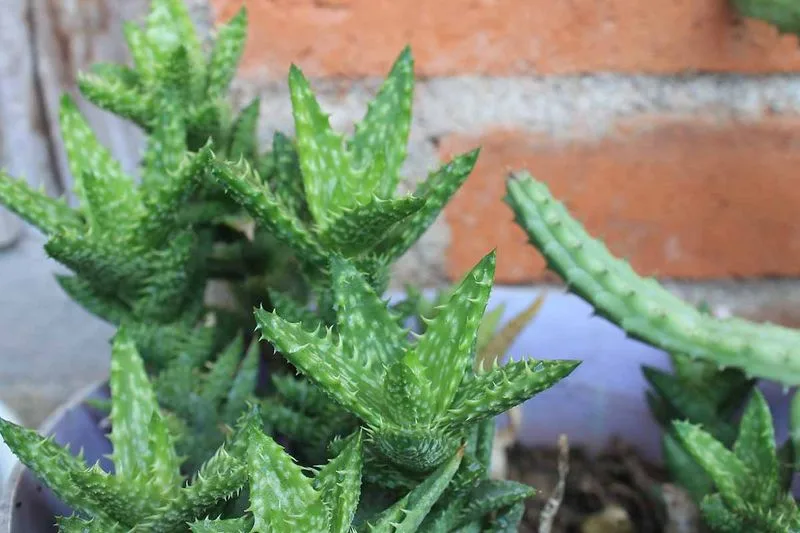
Common issues with Tiger Tooth Aloe include yellowing leaves, often due to overwatering or poor drainage. Ensure the soil dries out completely between waterings.
Monitor sunlight exposure; insufficient light can also cause growth problems. Recognizing these signals and adjusting care prevents long-term damage, keeping your plant vibrant.
Fun Facts and History

Did you know Tiger Tooth Aloe is named for its serrated leaf edges, resembling tiger teeth? This striking plant hails from Madagascar, thriving in arid, sunny environments.
Its historical use includes ornamental purposes and minimal medicinal applications. Understanding its background adds depth to your appreciation of this unique succulent, enriching your gardening experience.

